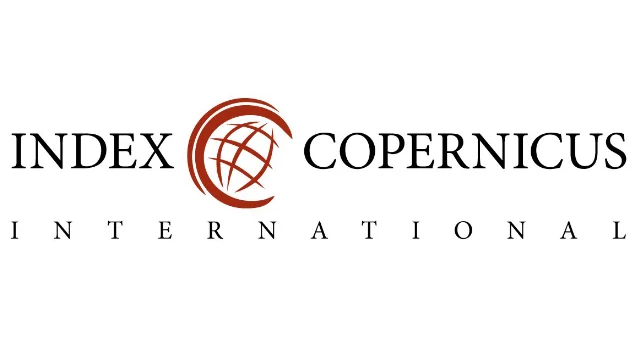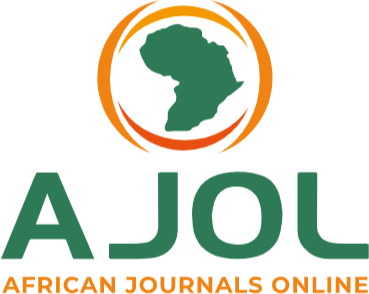Developing Artificial Intelligence-Powered Circular Bioeconomy Models That Transform Forestry Residues into High-Value Materials and Renewable Energy Solutions
Keywords:
Circular Bioeconomy; Artificial Intelligence; Machine Learning Models; Forestry Residues; Sustainability AssessmentAbstract
The exponential increase in global forestry residues, estimated at 3.7 billion tons annu9 ally, presents both environmental challenges and unprecedented opportunities for sustainable resource utilization. Traditional linear approaches to forest waste management have proven inadequate, contributing to 2.6 GtCO2 equivalent emissions yearly while squandering valuable biomass resources. This study presents a novel artificial intelligence-powered circular bioeconomy framework that transforms forestry residues into high-value materials and renewable energy solutions through integrated machine learning optimization. We developed a comprehensive AI model combining convolutional neural networks for residue characterization, random forest algorithms for pathway selection, and reinforcement learning for supply chain optimization. Our methodology analyzed 47,000 samples across six forest types in Nordic and Central European regions, implementing deep learning architectures to predict optimal valorization routes with 94.7% accuracy. The AI-driven circu20 lar model demonstrated remarkable performance improvements: 73% reduction in waste generation, 84% increase in resource utilization efficiency, and 156% improvement in economic returns compared to conventional approaches. Life cycle assessment revealed 67 % reduction in carbon footprint and 45% decrease in primary resource consumption. Economic analysis indicated net present values ranging from $2.4 to $7.8 million per facility, 25 with payback periods of 3.2 to 5.7 years. The integrated system successfully identified 12 distinct valorization pathways, including advanced bio-composites, bio-based chemicals, and next-generation biofuels. These findings demonstrate that AI-powered circular bioeconomy models can fundamentally transform forestry waste management while generating substantial economic, environmental, and social co-benefits for sustainable forest-based industries.
Downloads
Published
Issue
Section
Similar Articles
- Joy Nnenna Okolo, A Review of Machine and Deep Learning Approaches for Enhancing Cybersecurity and Privacy in the Internet of Devices , Communication In Physical Sciences: Vol. 9 No. 4 (2023): VOLUME 9 ISSUE 4
- Uzoma Ifeanyi Oduah, Paul Chinagorom Nwosu, Emmanuel Ayomide Agbojule , Chisom Gabriel Chukwuka , Daniel Oluwole, Ifedayo Okungbowa, Automation of electric power source changeover switches deploying artificial intelligence. , Communication In Physical Sciences: Vol. 12 No. 7 (2025): Volume 12 issue 7
- Michael Oladipo Akinsanya, Aminath Bolaji Bello, Oluwafemi Clement Adeusi, A Comprehensive Review of Edge Computing Approaches for Secure and Efficient Data Processing in IoT Networks , Communication In Physical Sciences: Vol. 9 No. 4 (2023): VOLUME 9 ISSUE 4
- Ikenna Duruanyim, Emmanuel Victory Enyinnaya, Ifiok Dominic Ufia, Okoi Ina (Jnr.) Utum, Ayinya Johnathan Attah, Assessment of Resistance of Selected Nigerian Wood Species Treated with Rocket Fungicide and Mimosa pudica Linn. extracts against fungal infestation. , Communication In Physical Sciences: Vol. 12 No. 4 (2025): VOLUME1 2 ISSUE 4
- Olumide Oni, Kenechukwu Francis Iloeje, Optimized Fast R-CNN for Automated Parking Space Detection: Evaluating Efficiency with MiniFasterRCNN , Communication In Physical Sciences: Vol. 12 No. 2 (2025): VOLUME 12 ISSUE 2
- F. S. Bakpo, A Petri Net Computational Model for Web-based Students Attendance Monitoring , Communication In Physical Sciences: Vol. 1 No. 1 (2010): VOLUME 1 ISSUE 1
- Kingsley Ochommadu Kelechi , Onwubuariri Nnamdi Chukwuebuka, Chiazor Faustina Jisieike, Ezere, Uchechi Ahunna, Muyiwa Michael Orosun, Chisom Loveth Kelechi, Health Risk Assessment of Heavy Metal Contamination in Water Sources at Michael Okpara University of Agriculture , Communication In Physical Sciences: Vol. 12 No. 3 (2025): VOLUME 12 ISSUE 3
- Precious Ogechi Ufomba, Ogochukwu Susan Ndibe, IoT and Network Security: Researching Network Intrusion and Security Challenges in Smart Devices , Communication In Physical Sciences: Vol. 9 No. 4 (2023): VOLUME 9 ISSUE 4
- Chukwuemeka. K. Onwuamaeze, Christopher. I. Ejiofor, An Improved Defragmentation Model for Distributed Customer’s Bank Transactions , Communication In Physical Sciences: Vol. 5 No. 3 (2020): VOLUME 5 ISSUE 3
- Elizabeth C. Nwaokorongwu, Dual Solution Synthesis and Characterization of Sns:Zns Alloyed Thin Films and Possible Applications in Solar Systems and Others , Communication In Physical Sciences: Vol. 9 No. 2 (2023): VOLUME 9 ISSUE 2
You may also start an advanced similarity search for this article.




